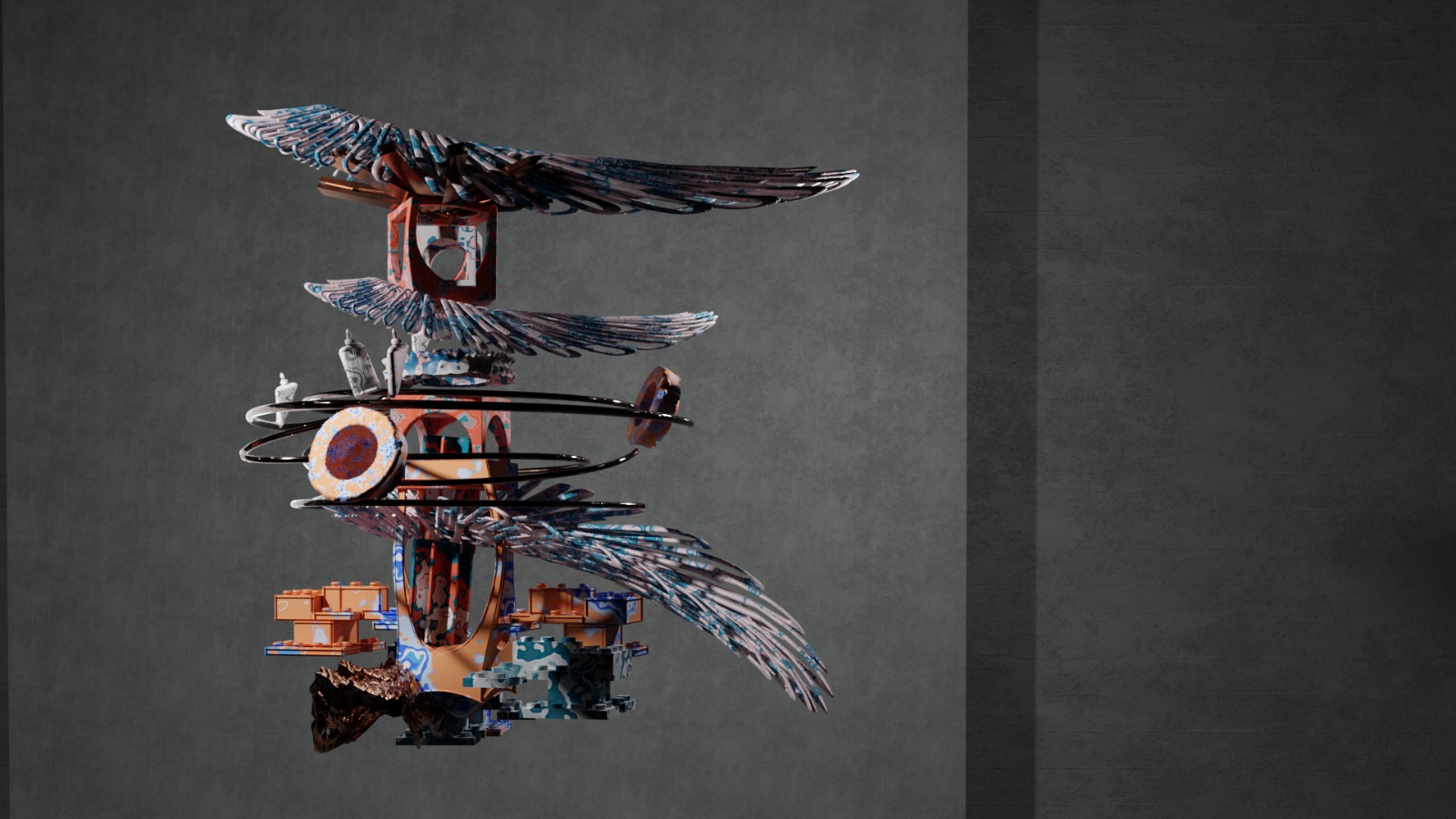
DISHARMONIC CONVERGENCES
KIT OF PARTS | OBJECT AND QUALITIES
Typology: Model Making and Still Life Art
Timeline: Winter 2023
Software: Rhino, Blender, LiDar Scan,
Tucker: Tucker van Leuwen-Hall
Edge conditions, and attempt to understand differences in their found objects and the aesthetic tension developed when combined. Pairing this investigation into edges, with still lifes, will help illuminate the qualities of the initial objects while subsequently also illuminating the qualities of their new objects. These models will attempt to address and generate new architectural mediums.
What types of new mediums are developed by the interaction between analog and digital? These models will provide an initial formal and textural precedent, as we use photogrammetry to scan the objects. These pallets of models and textures will give us an asset library to work with, and further abstract with the use of machine learning.
What types of new mediums are developed by the interaction between analog and digital? These models will provide an initial formal and textural precedent, as we use photogrammetry to scan the objects. These pallets of models and textures will give us an asset library to work with, and further abstract with the use of machine learning.
PHOTOGRAMMETRY MODELS








Over time, the parts that comprise a building undergo a rigorous process to achieve economic efficiency. These parts include those involved in production, assembly, and maintenance, and their requirements continuously change and evolve with advancements in technology and changing tastes. As we entered the twenty-first century, the components of buildings have become increasingly standardized and homogenized to allow for quick, efficient, and cost-effective manufacturing. Architecture's "kit-of-parts" has adapted to prioritize various aspects of building components, enabled by tool advancements. This exercise seeks to identify alternative parts that can perform multiple functions in a building, primarily focusing on their inherent qualities. According to Merriam-Webster, quality refers to the essential character, degree of excellence, superiority in kind, a distinguishing attribute, or the fundamental difference in sensation.
HYBRIDS MAKING
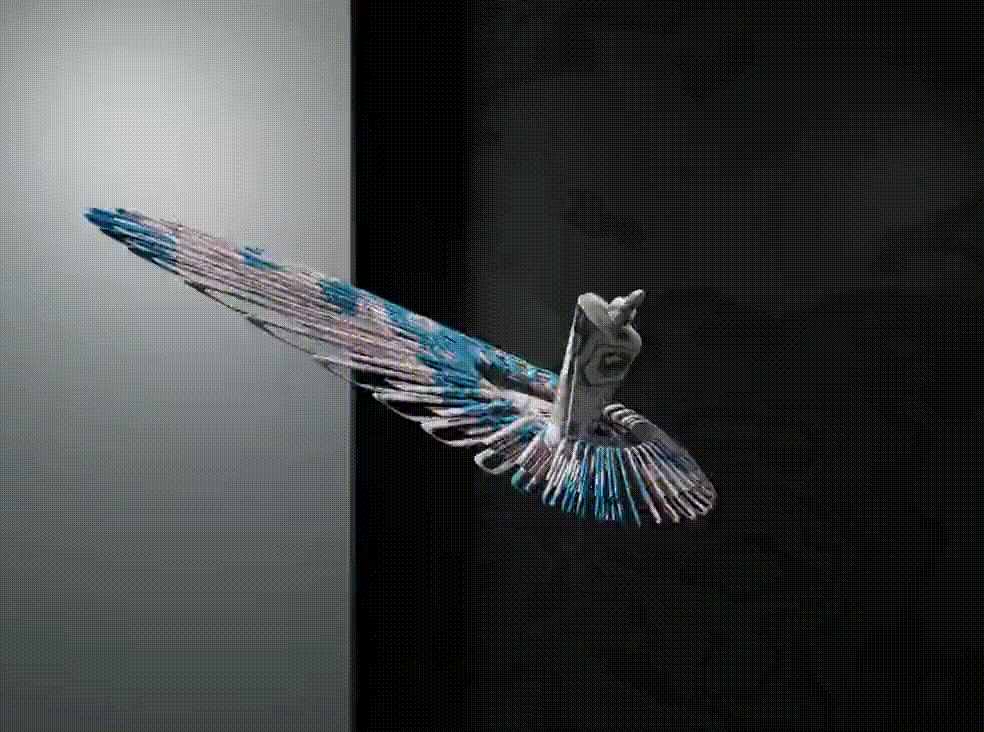
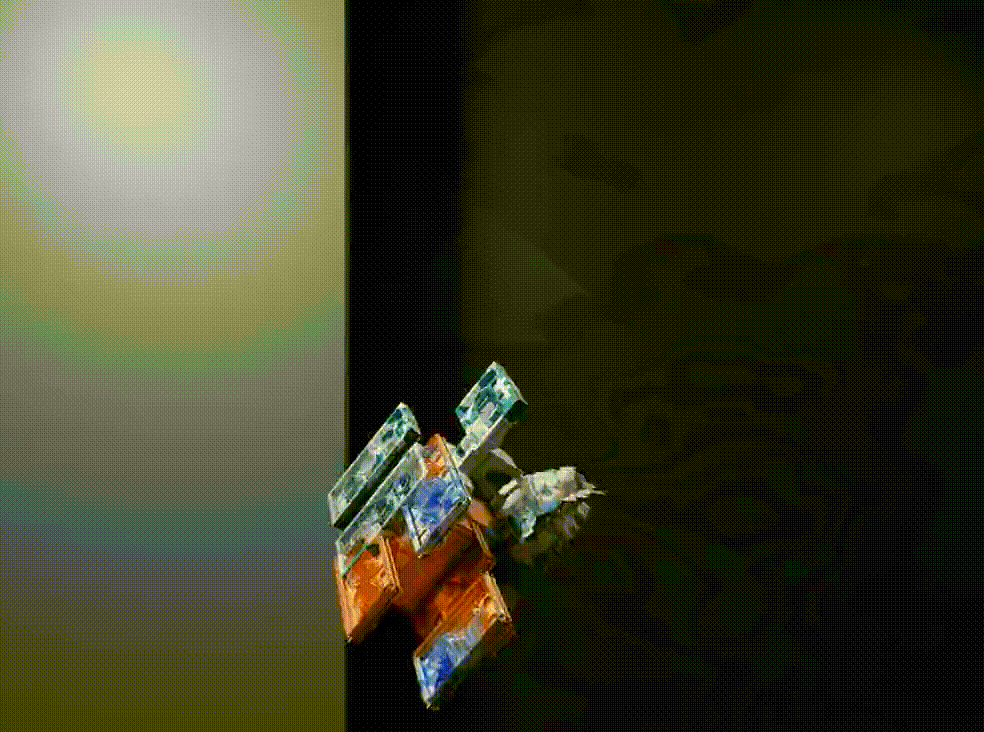
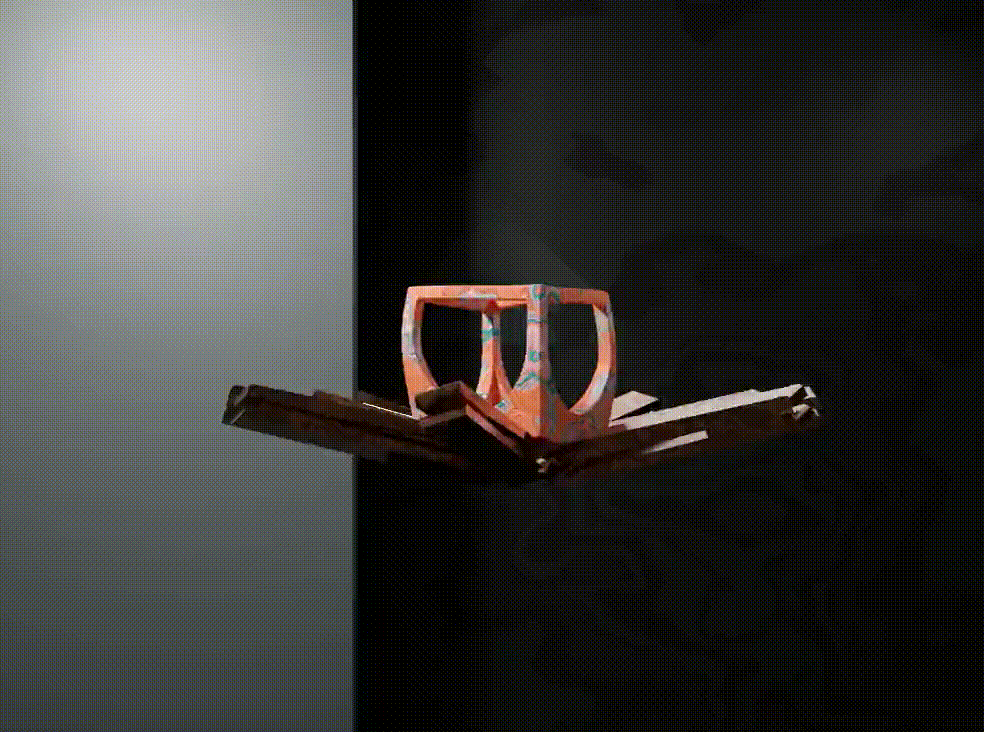
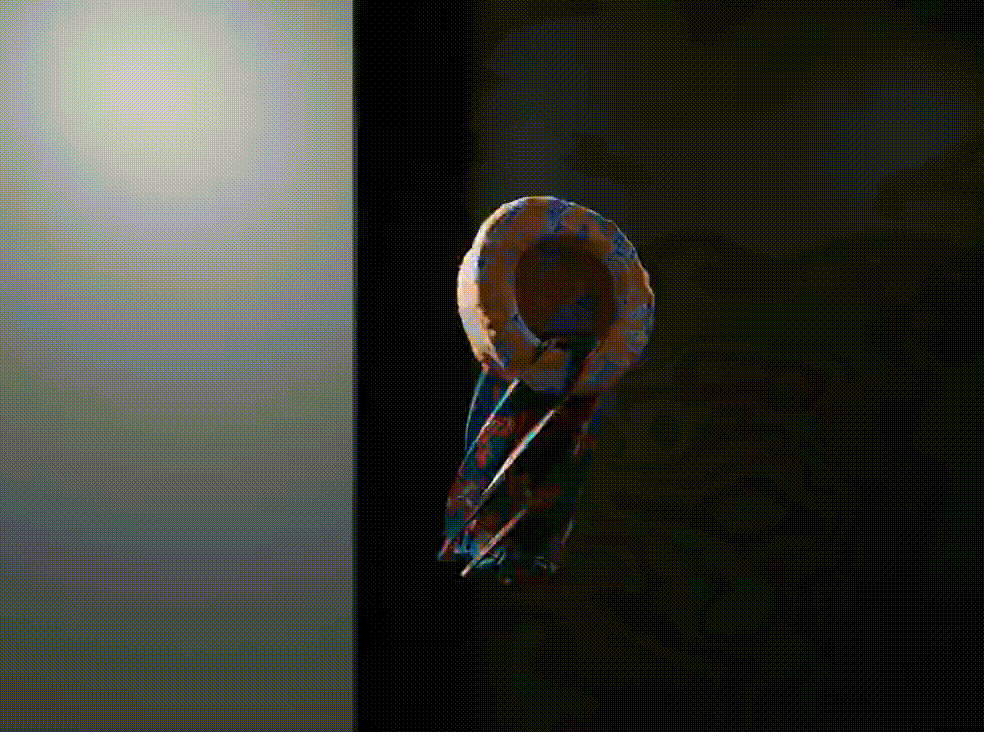
This exercise aimed to explore the hybrids we never had an image of before, to get a creative hybrid; breaking the imagination currently is crucial. Objects we encounter daily are often hybrids that operate on various scales and with different types of connections. The aesthetic aspect of the edge between two objects primarily facilitates their connection. The autonomy of objects is unique because their real objectness can never be fully known, and breaking objects into smaller pieces will only reveal more underlying pieces. Sometimes, objects are only discussed regarding their effect on the world, missing their true essence. The complexity of the topic of hybrids arises from the aesthetic tension present when two objects become a new whole. This unity cannot be achieved by solely discussing its parts or effects. Instead, the realm of the arts and humanities will be used to combine objects, focusing on their metaphorical hybridity. A strong enough tension between the objects must exist to create a palpable aesthetic dimension.
STABLE DIFFUSION






Stable Diffusion is a game-changing Blender add-on that uses machine learning to generate captivating textures and patterns for architectural models. With enhanced control and limitless possibilities, designers can achieve realistic and visually stunning results that push the boundaries of architectural design.
STILL ART

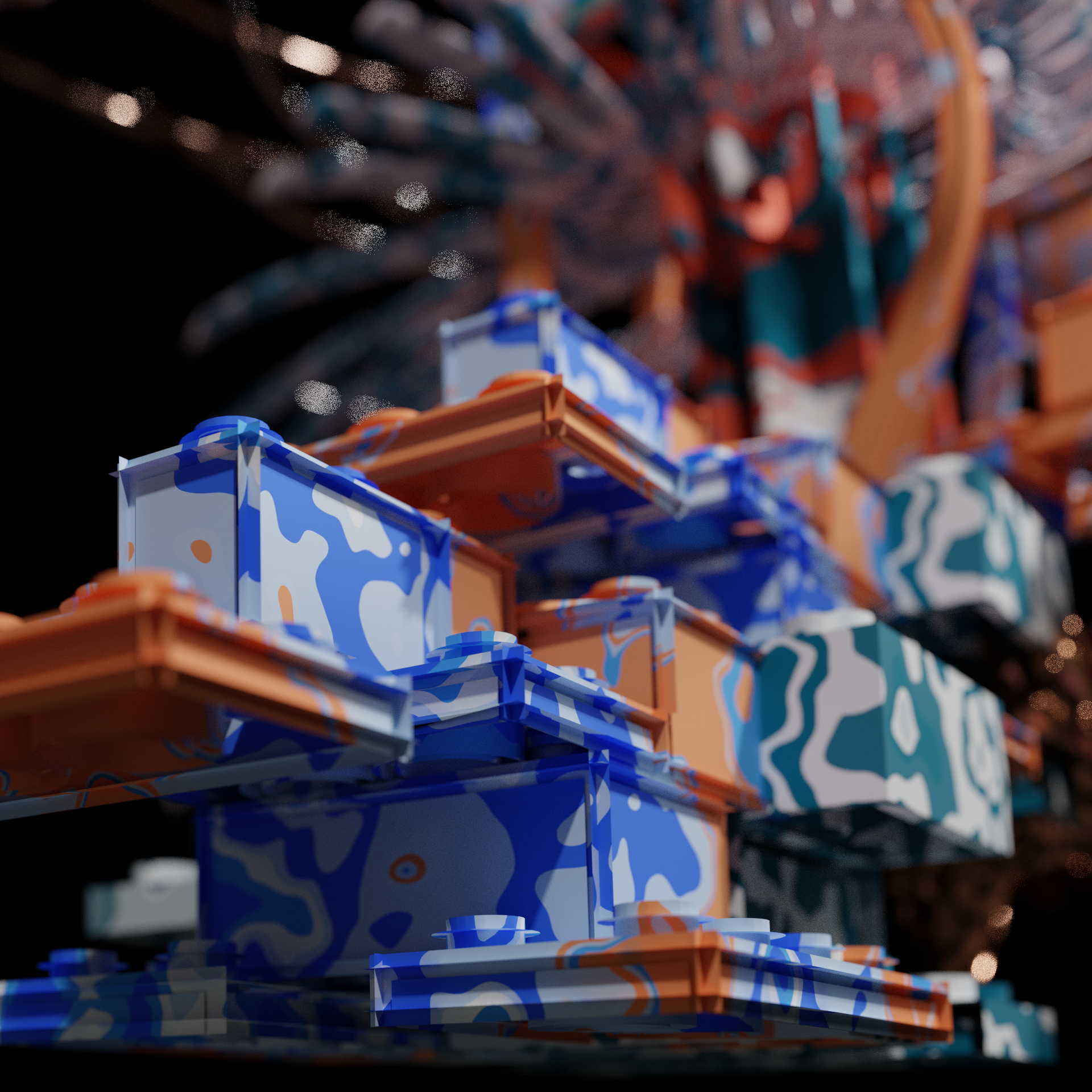
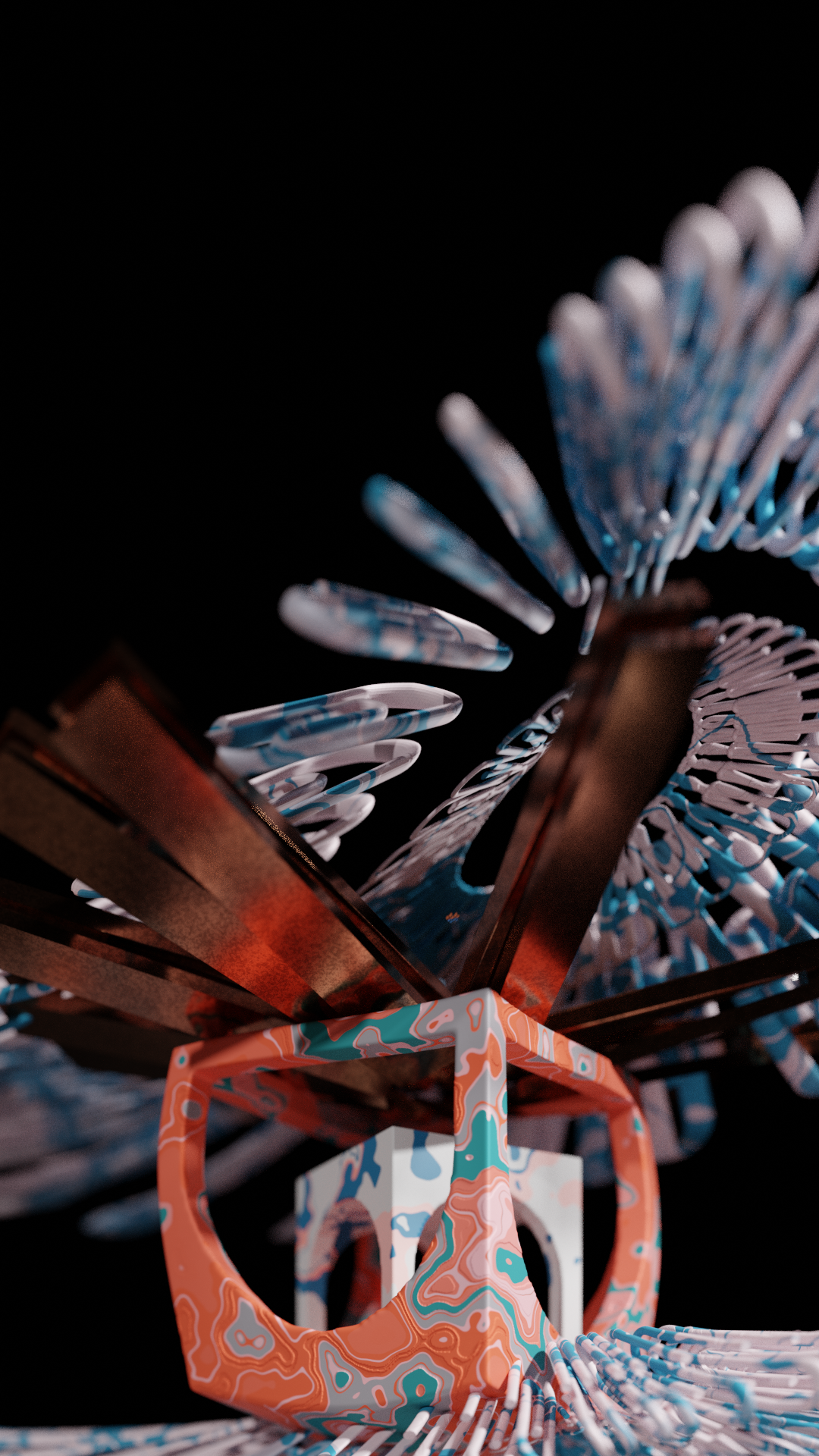
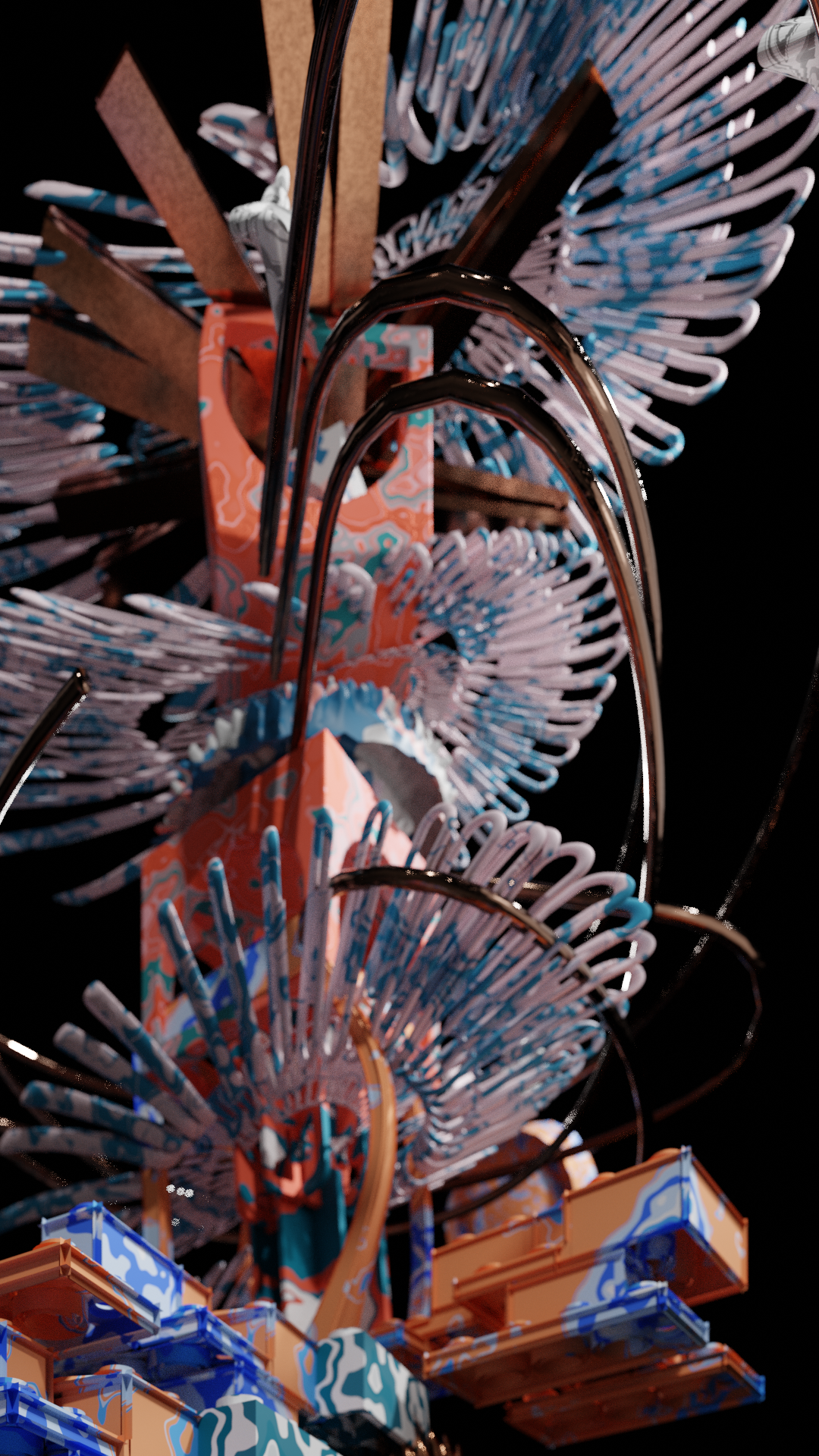
STILL LIFE TO MODELS - FROM DIGITAL TO PHYSICAL

Creating architectural models involves several steps, starting with a digital model in Rhino. It's then sliced and 3D printed. We assemble the printed parts using glue and fill any gaps. Unlike traditional approaches, our project takes a unique approach. We design models solely influenced by found objects and hybrids within our group. We carefully add and eliminate elements, considering factors like silhouette, composition, and texture. This allows for greater creativity and expression, resulting in truly original works of art.
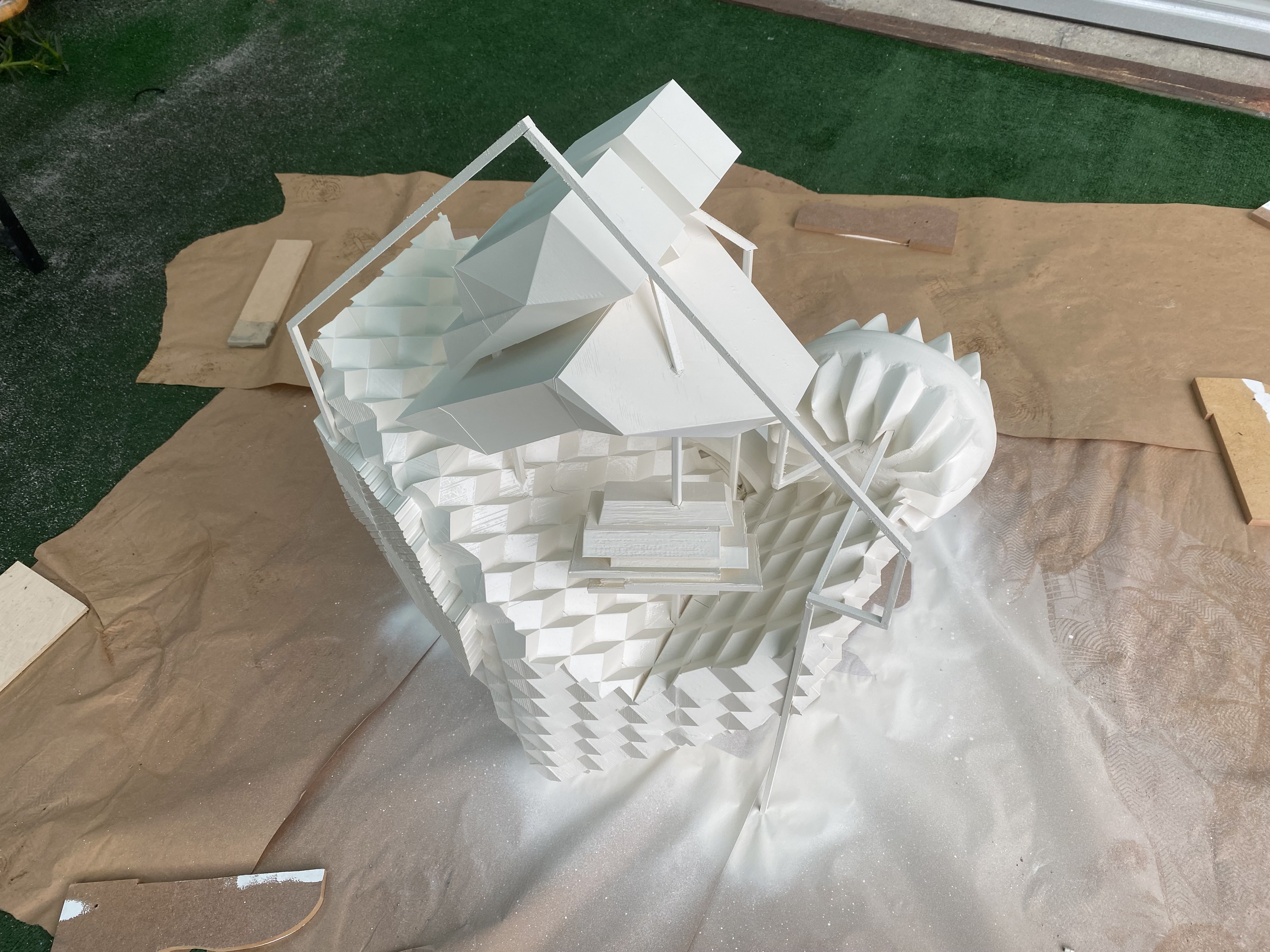
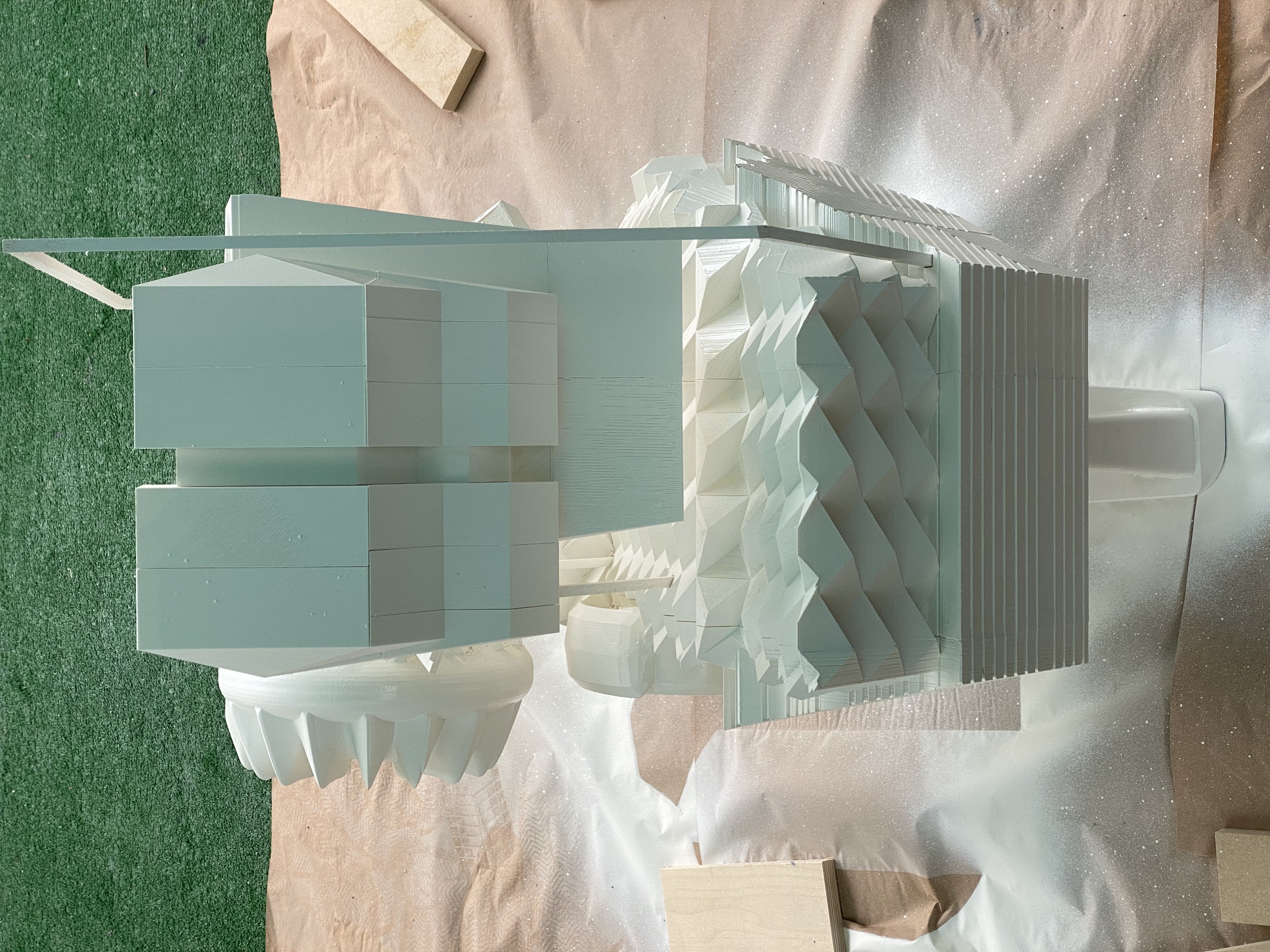
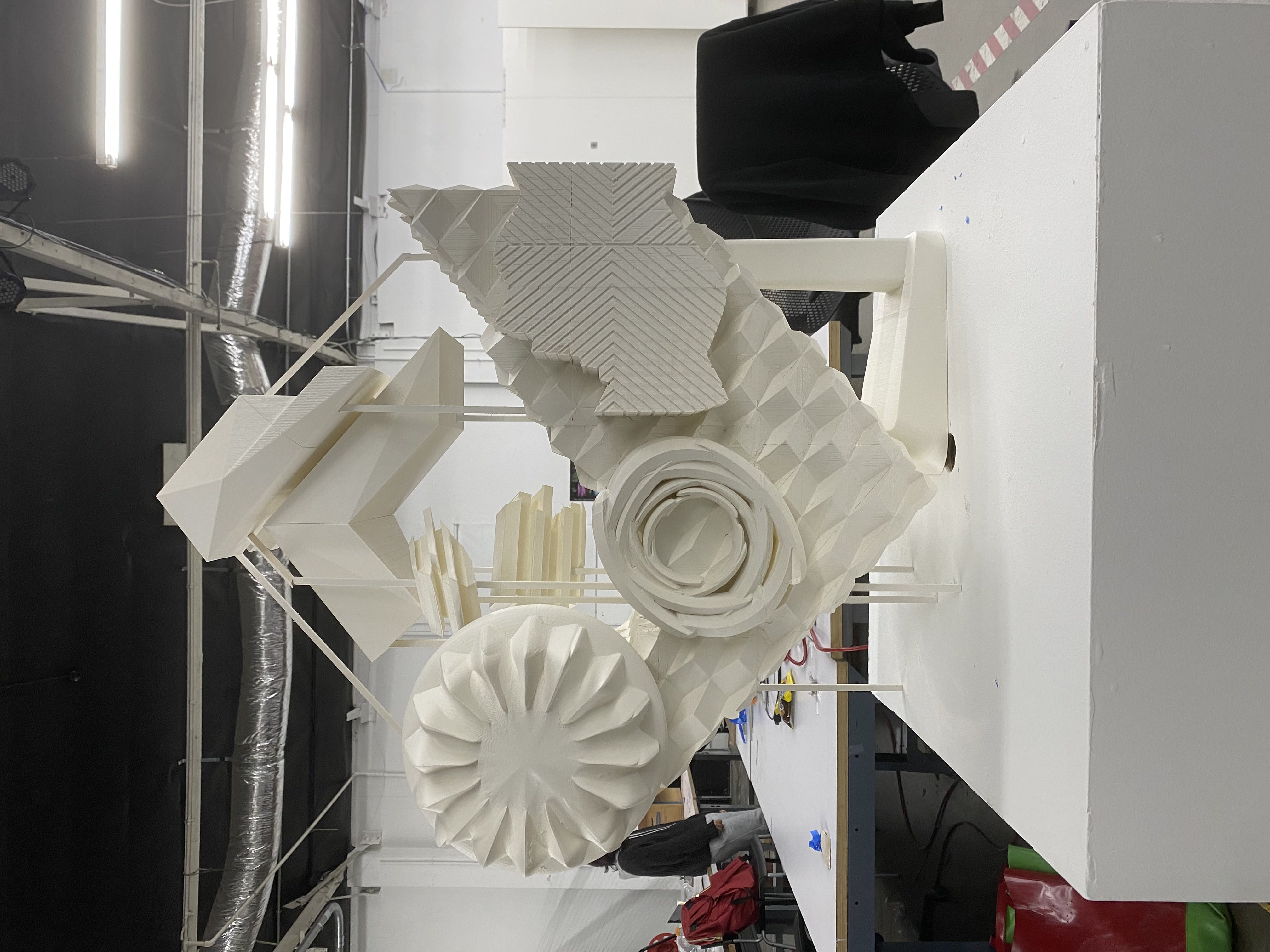
This project combines physical modeling, still life, and machine learning techniques to push the boundaries of architectural design. Through physical modeling, we bring our ideas to life, while still life adds artistic elements to our creations. Machine learning enables us to analyze data and extract valuable insights for our creative process. By merging these techniques, we explore new possibilities in architecture.